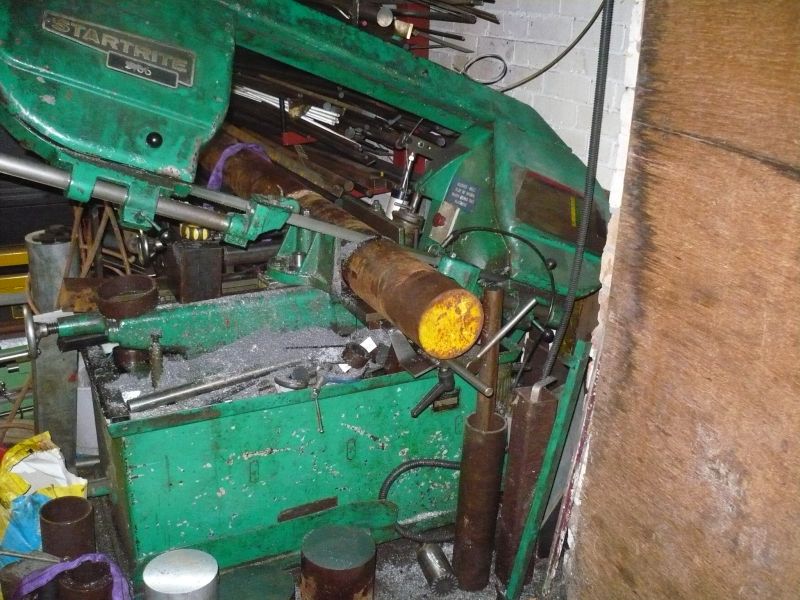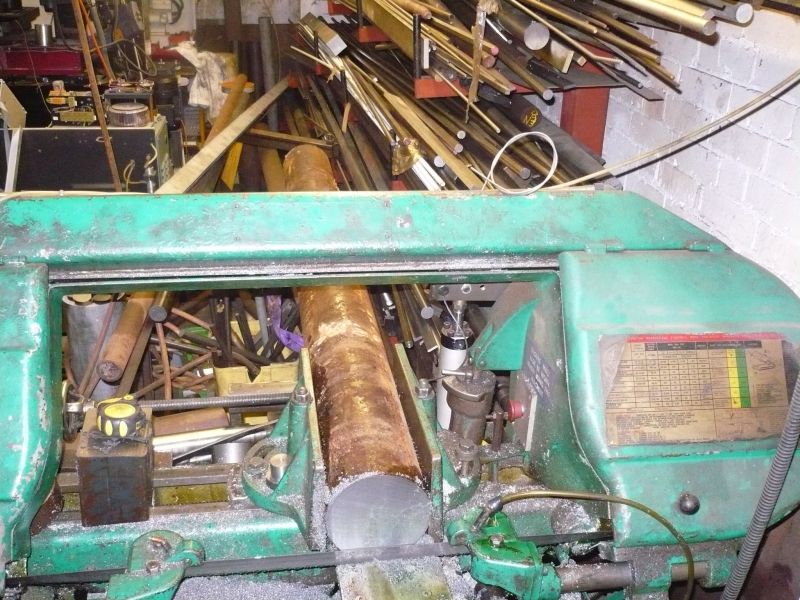What did you do today? (2014)
What did you do today? (2014)
- This topic has 2,327 replies, 193 voices, and was last updated 31 December 2014 at 23:02 by
John Haine.
- Please log in to reply to this topic. Registering is free and easy using the links on the menu at the top of this page.
Latest Replies
Viewing 25 topics - 1 through 25 (of 25 total)
-
- Topic
- Voices
- Last Post
-
- Cranko No2 Oscillating Horizontal Steam Engine from New Zealand circ 1940 – 1950
- 1
- 20 February 2025 at 23:23
Viewing 25 topics - 1 through 25 (of 25 total)
Latest Issues
Newsletter Sign-up
Latest Replies
- VERY delicate rust removal
- SHARP PRACTICE ?
- Cranko No2 Oscillating Horizontal Steam Engine from New Zealand circ 1940 – 1950
- Cut & Paste Oddity (Textual)?
- Kelsey Media buys Mortons titles
- Digital Log In
- Telephone call-blocking
- End mill sharpening fixture
- New Myford Owner with Problems!!!
- indexing head lathe
















